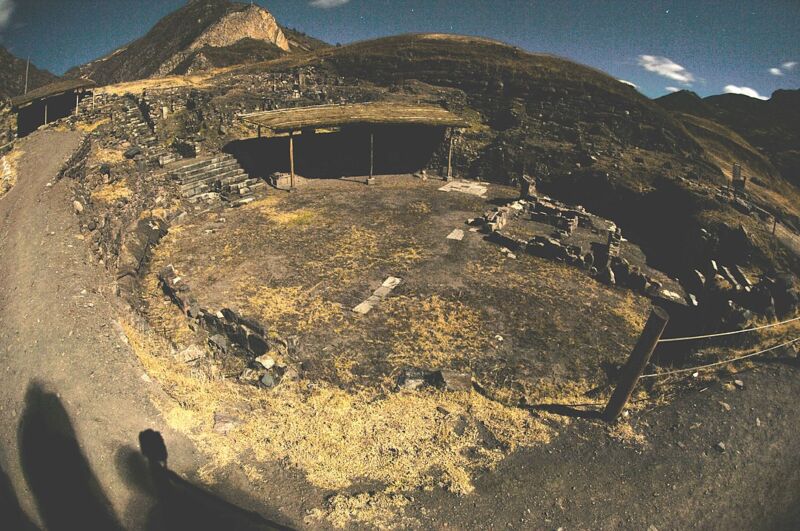Years after finding it, archeologists enter chamber under a Peruvian temple

Enlarge / The circular plaza at Chavin de Huantar-once a ceremonial gathering space, and later the site of a village. (credit: CyArk Chavin Database)
Today, the temples, canals, and plazas of Chavin de Huantar stand mostly in ruins. But the site (about 250 kilometers north of Lima, Peru) was once was the heart of the Chavin culture, a civilization that flourished in the central Andes centuries before the rise of the Inca Empire. Its oldest granite and limestone temples date back to about 1200 BCE, but people have lived at the site for much longer, since at least 3000 BCE.
Even after the Chavin culture's power faded, members of the Huaraz group used stones from the ancient temples to build a village in an abandoned plaza. People lived at Chavin de Huantar until the 1940s. The place has had a long enough life that, over thousands of years, even the people who lived there lost track of some of its secrets.
Archaeologists rediscovered one of those secrets by accident: a narrow duct leading to a small ritual chamber eight meters deep beneath one of the site's temple buildings. Based on the style of its architecture, the hidden chamber may be older than any other building or tunnel at the site.
Read 13 remaining paragraphs | Comments